When Tesco unveiled plans for a £3.7bn takeover of wholesaler Booker, supplier to thousands of independent convenience stores, it took the market by surprise.
But perhaps the tie-up should not have been so unexpected. Tesco has operated something akin to its own ‘mini-Booker’ – the One Stop chain – since buying the business in 2003.
Although the bulk of the 780 One Stop branches are company owned, the retailer has been building a franchised network by recruiting independent retailers to trade under its banner. At present there are 160 franchised stores.
Franchisees pay a flat fee and commit to purchasing 95% of their stock from One Stop. In return they benefit, assuming the partnership works, by being able to provide better ranges and better value that drive footfall and customer spend.
According to One Stop franchise director Andrew King, the retailer is distinguished by the franchise structure which creates a spirit of shared enterprise.
Express vs One Stop
Given Tesco’s strength in convenience, principally through its 1,800 Express stores, some might wonder why the grocery powerhouse chooses also to run the separate One Stop subsidiary, how it’s different from Express and why stores are franchised.
Tesco’s purchase of One Stop, says King, was primarily driven by the desire to accelerate the roll out of Express. But there was a rump of stores left over, typically because they were not the right size or in the right locations to convert to Express.
”One Stop branches are also smaller than Express stores – typically 1,700 sq ft or so versus 3,000 sq ft”
“There then began a process of growing what had been left because it was retail space that was profitable,” says King. In 2013 the decision was taken to launch a franchise business and he joined a year later to lead it.
One Stop branches tend to be neighbourhood stores drawing on a catchment of up to 500 metres away, while Express shops are more often found on arterial roads or busy town centres and attract custom from up to a kilometre away.
One Stop branches are also smaller than Express stores – typically 1,700 sq ft or so versus 3,000 sq ft.
Those characteristics, and a historic bias towards categories such as impulse and tobacco rather than the ‘mini-supermaket’ range of an Express, mean that One Stop is a different proposition, although it is increasingly focusing on food.
Boosting independent shops
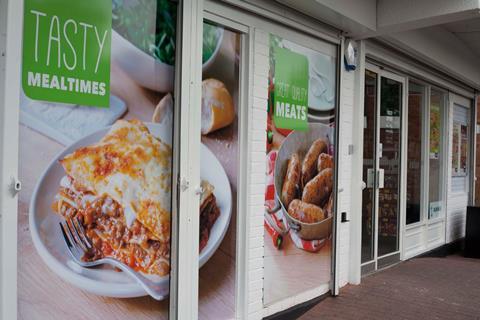
The desire of independent shopkeepers, many of whom operate in neighbourhood locations, to benefit from greater buying scale and have access to greater retail expertise made the move into franchising logical.
It also coincided with changes in the property market which made it harder for big retailers to open their own c-stores.
“It was more expensive to buy locations, the premiums being asked were too high,” explains King.
The One Stop store in Gospel Road, Birmingham, exemplifies how the franchise approach works.
”Goel had been worried by the opening of a Co-op store nearby and decided to join One Stop to compete more effectively”
Owned and run by Shelley Goel and his wife Anu, the shop was originally what Field describes as “CTN+” – a traditional confectionery, tobacco and news store with extras including a Post Office branch.
Goel had been worried by the opening of a Co-op store nearby and decided to join One Stop to compete more effectively in the face of potential encroachment on his turf.
He has been pleased with his store’s performance since it converted to One Stop three years ago. Weekly turnover quickly doubled, driven by improved ranges and systems.
Goel says: “We have a smaller range but people actually think it’s bigger. They [One Stop] give us deals so we can compete with big multiples in a small community.
“Availability is better. I used to go to a cash-and-carry and they’d say I couldn’t have more than three cases of this or that. One Stop helped me with merchandising and PoS and it’s far more professional now.”
Store revamps
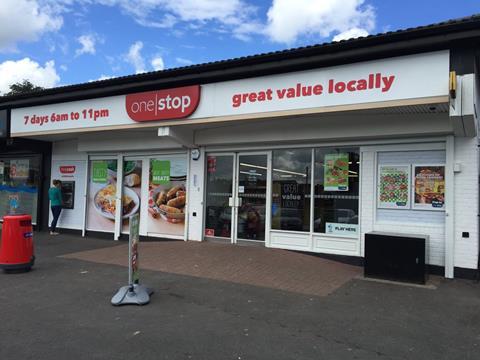
One Stop is also in the process of upgrading stores – the branch in Hednesford, Staffordshire, exemplifies changes such as greater emphasis on categories such as food for tonight, which play into the big trends in convenience retail, as well as improved fixtures, signage and display.
So far, the new look and feel has been introduced in 18 shops.
Tesco’s merger with Booker raises some questions over One Stop’s future. There have been suggestions that Tesco may have to offload it when the Booker deal is inevitably referred to the competition authorities. Equally, it could fit well in the enlarged group.
In the year to February 27, 2016, One Stop generated pre-tax profits of £15m on sales of £958.7m.
The franchise arm, which bore “significant” start-up costs, cut its trading losses from £3m to £2m.
King is confident in One Stop’s long term prospects.
The USP, he says, is that the retailer is “local first and foremost, it’s that community, friendly feel.”
While much may change in retail, in the world of neighbourhood convenience some things never do.
























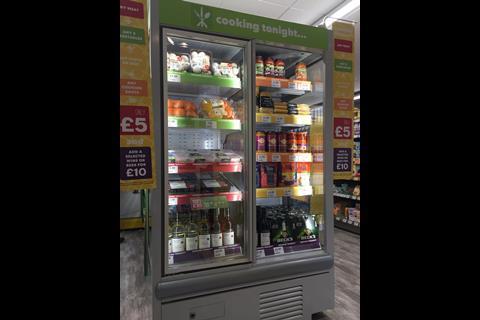


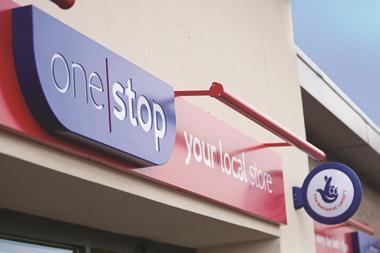



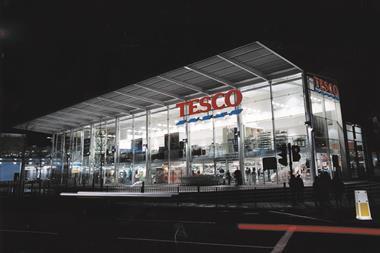

No comments yet